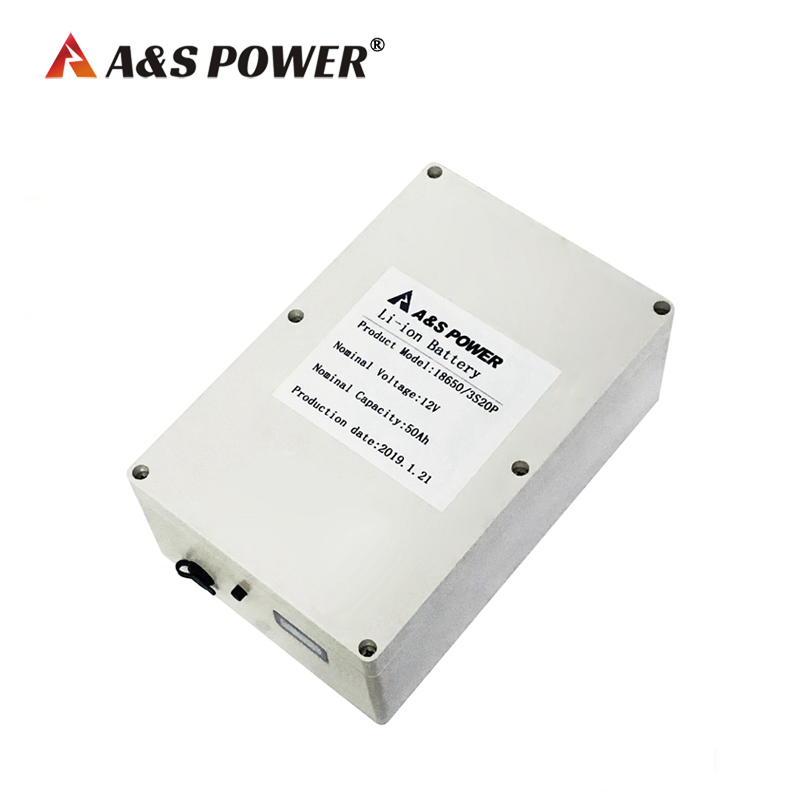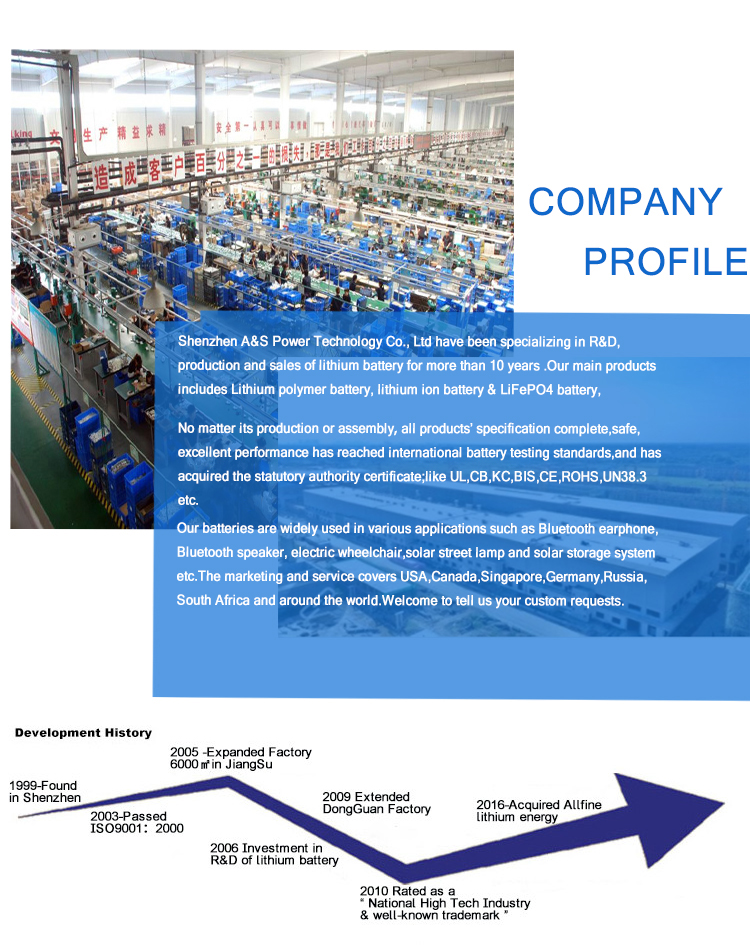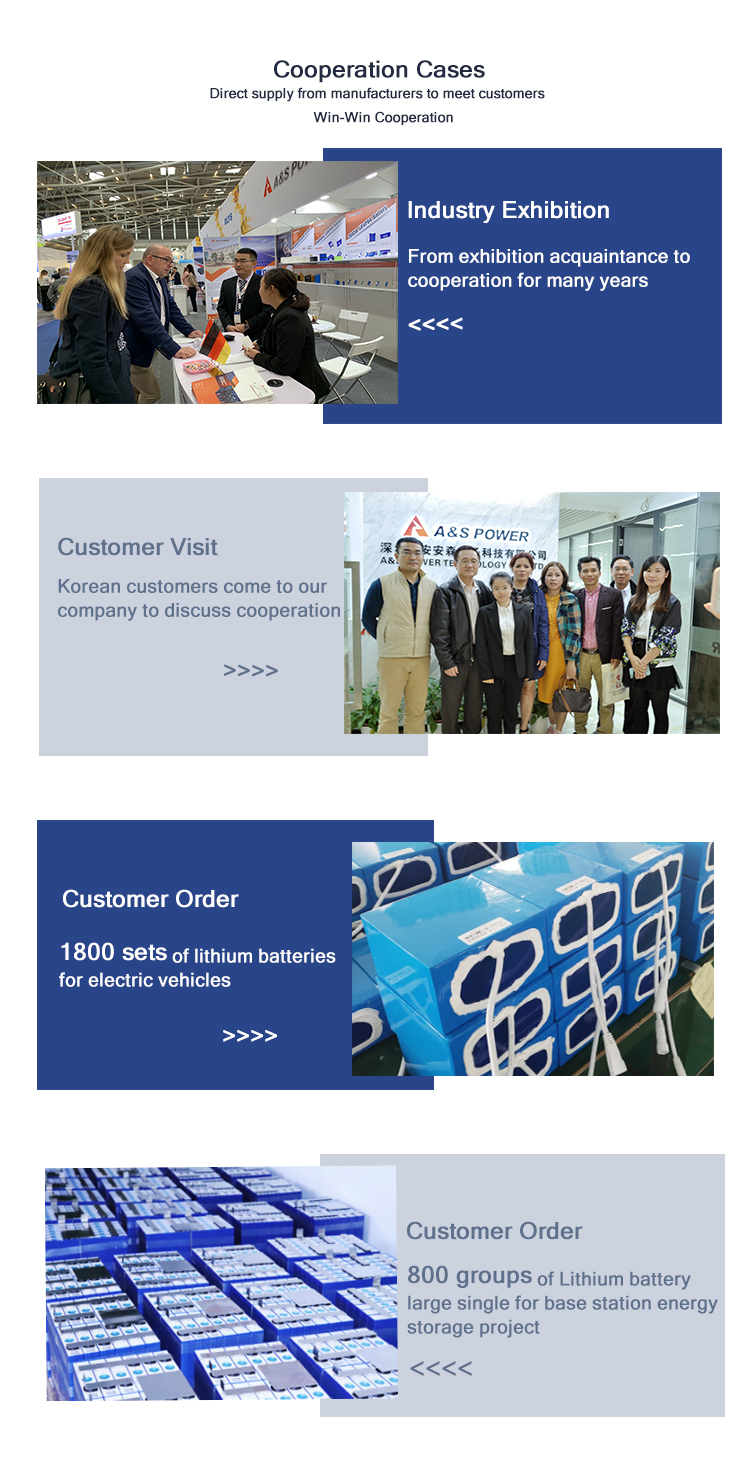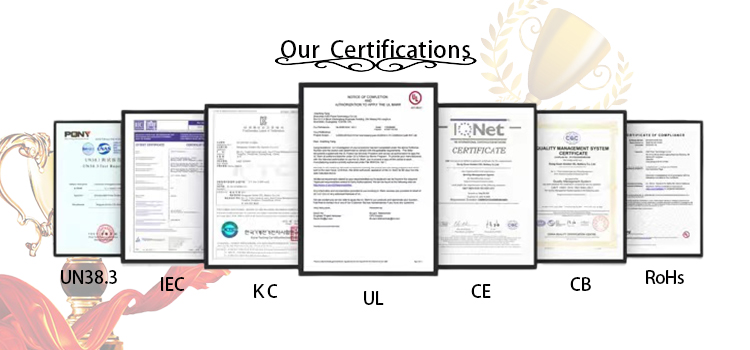Lithium Ion Battery Pack
Lithium Ion Battery Pack: Powering the Global Energy Revolution
Lithium-ion battery packs are the cornerstone of modern energy storage, driving innovations from electric mobility to grid-scale renewable integration. With the global market projected to surge from 150billionin2025to450 billion by 2033 (CAGR 15%), these systems deliver 4,000–6,000 cycles, 95% depth of discharge (DoD), and 45% lower total cost of ownership (TCO) than legacy technologies
. This analysis unpacks engineering breakthroughs, sector-specific applications, and procurement strategies shaping the 98BEVand62B grid storage markets .
Core Technologies and Performance Innovations
1. Electrochemical Advancements
Lithium-ion packs leverage NMC (Nickel Manganese Cobalt) and LFP (Lithium Iron Phosphate) chemistries to balance energy density, safety, and cost:
- NMC Batteries: 250–350 Wh/kg energy density, ideal for high-performance EVs requiring extended range .
- LFP Batteries: >200°C thermal stability, 6,000+ cycles at 100% DoD, and cobalt-free design reducing raw material costs by 30% .
- Solid-State Prototypes: QuantumScape’s 600 Wh/kg cells target 1,000-km EV ranges by 2027, eliminating flammable liquid electrolytes .
Table 1: Technical Specifications by Chemistry
| Parameter | NMC 811 | LFP | Solid-State (2027) |
|---|---|---|---|
| Energy Density | 300 Wh/kg | 180 Wh/kg | 400–600 Wh/kg |
| Cycle Life (80% DoD) | 4,000 cycles | 6,000 cycles | 5,000+ cycles |
| Charging Time | 18 min (10–80%) | 30 min (10–80%) | <10 min |
| Cost per kWh | 120–150 | 90–120 | 150–200 (est.) |
| Source: BloombergNEF, CATL Tech Whitepapers |
2. Structural and Manufacturing Breakthroughs
- Cell-to-Pack (CTP): CATL’s 3rd-gen technology increases volumetric efficiency by 20%, enabling 600-km ranges in passenger EVs .
- Automated Assembly Lines: AI-driven robotics reduce production defects by 40% and raise throughput to 10 GWh/year per facility .
- IP68 Enclosures: Submersible designs withstand 1.5m depth for 72h, critical for marine and flood-prone installations .
Sector-Specific Applications Driving Demand
1. Electric Transportation Dominance
- Passenger EVs: 80-kWh NMC packs power 500-km ranges (e.g., Tesla Model 3), reducing per-mile costs by 60% vs. gasoline .
- Commercial Vehicles: 350-kWh LFP systems enable electric trucks (e.g., Tesla Semi) to haul 40-ton loads for 800 km, cutting fleet emissions by 100 tons/year .
- Marine Electrification: 400V/800Ah LFP packs power emission-free ferries (e.g., Scandlines), slashing fuel costs by 70% in coastal logistics .
2. Renewable Energy Storage Expansion
- Grid Stabilization: 100MW systems respond to frequency dips in <100ms, preventing blackouts across California’s ISO network .
- Solar Integration: Tesla Megapacks store excess solar for peak shaving, reducing grid strain by 80% at Australia’s Hornsdale facility .
- Residential ESS: 10-kWh LFP units (e.g., BYD B-Box) provide 24h backup power, with 98% round-trip efficiency vs. 80% for lead-acid .
3. Industrial and Critical Infrastructure
| Application | Recommended Pack | ROI Improvement |
|---|---|---|
| Data Center UPS | 480V/300kWh NMC | 75% fewer outages |
| Mining Equipment | 800V/1MWh LFP | 40% lower energy costs |
| Hospital Backup | 48V/200kWh LFP | Zero transfer delay |
| Data: Industry deployment reports |
Global Compliance and Strategic Procurement
1. Regulatory Requirements by Region
Table 2: Mandatory Certifications for Market Access
| Region | Key Standards | Penalties |
|---|---|---|
| European Union | EU Battery Regulation 2026 | €40/kWh fine + market ban |
| North America | UL 1973 + UL 9540A | $500k liability insurance |
| China | GB 38031-2020 | 20% import tariff |
| Southeast Asia | SNI 8998 (Indonesia) | Product confiscation |
| Source: Global compliance databases |
2. Supply Chain Optimization
- Raw Material Sourcing: LFP’s cobalt-free chemistry mitigates price volatility, reducing pack costs by $15/kWh vs. NMC .
- Logistics Compliance: UN38.3 certification ensures safe transport, with fireproof containers mandatory for air freight .
- BMS Integration: CAN bus/RS485 protocols enable real-time SOC monitoring (±1% accuracy) for predictive maintenance .
3. Total Cost of Ownership Analysis
| Cost Factor | 100kWh LFP Pack | Lead-Acid Equivalent |
|---|---|---|
| Upfront Investment | $12,000 | $8,000 |
| Lifespan | 10 years | 3 years |
| Energy Losses | 3% | 20% |
| Maintenance | $0/year | $400/year |
| 10-Year TCO | $12,360 | $22,000 |
| Data: Industry TCO benchmarks |
Future Market Trajectory and Technologies
1. 2030 Growth Projections by Sector
| Sector | Market Value (2030) | Primary Demand Driver |
|---|---|---|
| Electric Vehicles | $98 billion | 500M EVs on roads globally |
| Grid Storage | $62 billion | 450GW renewable integration |
| Marine Transport | $28 billion | IMO 2030 sulfur cap regulations |
| Industrial Backup | $22 billion | Edge computing expansion |
| Source: MarkWide Research, DataInsights |
2. Next-Generation Innovations
- Silicon-Dominant Anodes: Sila Nanotech’s tech boosts capacity by 50% (150Ah vs. 100Ah) and enables 15-minute ultra-fast charging .
- Recyclable Packs: Redwood Materials achieves 95% lithium recovery at $4/kWh, complying with EU circular economy mandates .
- Semi-Solid Electrolytes: 400 Wh/kg prototypes enter pilot production, targeting aviation and heavy machinery by 2026 .
Lithium Ion Battery Pack
lithium ion battery 12v 50ah rechargeable batteries
|
NO.
|
Item |
Specifications |
|
4.1 |
Nominal capacity |
50Ah 0.2C Discharge |
|
min capacity |
48Ah 0.2C Discharge |
|
|
4.2 |
Nominal voltage |
11.1V |
|
4.3 |
Charge current |
Standard Charge :0.5C |
|
4.4 |
Standard Charging method |
0.5C CC(constant current)charge to 4.2V, then CV(constant voltage 4.2V)charge till charge current decline to ≤0.01C |
|
4.5 |
Charging time |
Standard Charging Approx 5 hours Approx 2 .5hours |
|
4.6 |
Max.charge current |
Constant Current 1C5A Constant Voltage 4.2V 0.01 C5A cut-off |
|
4.7 |
Max.discharge current |
Constant current 1.0C5A end voltage3.0V |
|
4.8 |
Standard Discharge Current |
Constant current 0.2 C5A end voltage3.0V |
|
4.9 |
Discharge cut-off voltage |
9.0V |
|
4.10 |
Charge cut-off Voltage |
12.6V |
|
4.11 |
Initial Impedance |
≤100mW |
|
4.12 |
Weight |
Approx:1000g |
|
4.13 |
Operating temperature |
Charging: 0℃~45℃ Discharging:-20℃~60℃ |
|
4.14 |
Storage temperature |
-5℃~35℃ |
|
4.15 |
Storage Humidity |
≤75% RH |
|
4.16 |
Appearance |
Without scratch,distortion,contamination and leakage |
Art No :12v-50ah
Material:lithium ion battery
Size : 197*165*170 mm
Weight: 5.7Kg
- Description :
Model:AS18650-50ah
Voltage:11.1V/12V
Capacity:50ah
Cycle life:over 500times
Delivery time:3-4 weeks
-

 May.2025.11.24Ternary Lithium Battery vs Lithium-ion: Complete Comparison Guide (2025 Edition)Learn More
May.2025.11.24Ternary Lithium Battery vs Lithium-ion: Complete Comparison Guide (2025 Edition)Learn More -

 May.2025.11.214S2P 18650 14.8V Battery: Complete Technical Guide, Specs, Applications & SafetyLearn More
May.2025.11.214S2P 18650 14.8V Battery: Complete Technical Guide, Specs, Applications & SafetyLearn More -

 May.2025.11.18PCM vs BMS in Lithium Batteries: What’s the Difference and Which One Do You Need?Learn More
May.2025.11.18PCM vs BMS in Lithium Batteries: What’s the Difference and Which One Do You Need?Learn More -

 May.2025.11.17Custom Li-ion Battery Design for Medical Devices (2025 Comprehensive Guide)Learn More
May.2025.11.17Custom Li-ion Battery Design for Medical Devices (2025 Comprehensive Guide)Learn More -

 May.2025.11.17The Future of Lithium-Ion Batteries: Innovation, Sustainability, and Global Market TrendsLearn More
May.2025.11.17The Future of Lithium-Ion Batteries: Innovation, Sustainability, and Global Market TrendsLearn More

















 >
>
